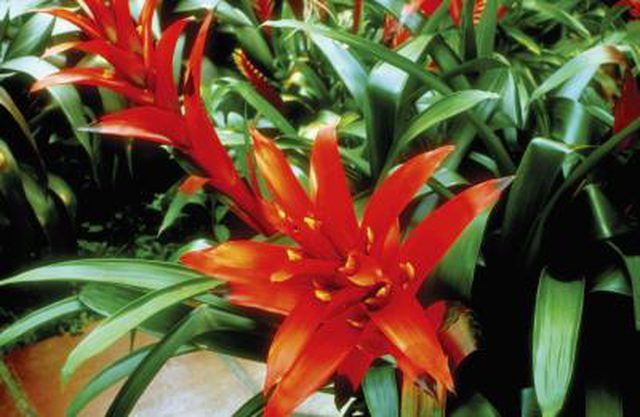Bulbs
Flower Basics
Flower Beds & Specialty Gardens
Flower Garden
Garden Furniture
Garden Gnomes
Garden Seeds
Garden Sheds
Garden Statues
Garden Tools & Supplies
Gardening Basics
Green & Organic
Groundcovers & Vines
Growing Annuals
Growing Basil
Growing Beans
Growing Berries
Growing Blueberries
Growing Cactus
Growing Corn
Growing Cotton
Growing Edibles
Growing Flowers
Growing Garlic
Growing Grapes
Growing Grass
Growing Herbs
Growing Jasmine
Growing Mint
Growing Mushrooms
Orchids
Growing Peanuts
Growing Perennials
Growing Plants
Growing Rosemary
Growing Roses
Growing Strawberries
Growing Sunflowers
Growing Thyme
Growing Tomatoes
Growing Tulips
Growing Vegetables
Herb Basics
Herb Garden
Indoor Growing
Landscaping Basics
Landscaping Patios
Landscaping Plants
Landscaping Shrubs
Landscaping Trees
Landscaping Walks & Pathways
Lawn Basics
Lawn Maintenance
Lawn Mowers
Lawn Ornaments
Lawn Planting
Lawn Tools
Outdoor Growing
Overall Landscape Planning
Pests, Weeds & Problems
Plant Basics
Rock Garden
Rose Garden
Shrubs
Soil
Specialty Gardens
Trees
Vegetable Garden
Yard Maintenance
How to Get Bromeliads to Rebloom
How to Get Bromeliads to Rebloom. The sweet and tasty pineapple is a fruiting bromeliad, just one of many different bromeliad varieties that make up this large plant family. Thriving in warm climates, bromeliads produce vivid foliage and long-lasting blossoms. After these plants bloom, they will require special care to rebloom. The new offsets that...

The sweet and tasty pineapple is a fruiting bromeliad, just one of many different bromeliad varieties that make up this large plant family. Thriving in warm climates, bromeliads produce vivid foliage and long-lasting blossoms. After these plants bloom, they will require special care to rebloom. The new offsets that grow around the mature plant will be the new bloomers when they become large enough to blossom.
Things You'll Need
8-inch potting container
Peat moss
Perlite
Sharp knife
Balanced fertilizer (10-10-10)
Large plastic bag
Ripe apple
Remove an offshoot that is approximately one-third the size of the mature bromeliad plant. Pull it off from the parent plant gently or cut it off with the sharp knife.
Place the offshoot in a dry location out of direct sunlight and allow it to dry out for about 24 hours.
Fill the potting container with one part peat moss and one part perlite. Mix the two mediums together well and dampen it slightly with water.
Make a slight indentation in the top of the growing medium. Place the root side of the offshoot into the indentation and firm the medium gently around the roots.
Place the container in a location that receives bright, indirect sunlight. The ideal growing temperature for a bromeliad is 70 degrees Fahrenheit during the day and 60 degrees overnight. Keep the growing medium evenly damp.
Fertilize the bromeliad once each month by mixing a balanced fertilizer at half strength. Pour the mixed fertilizer into the well in the center of the leaves.
Place the plant into the plastic bag and add the raw apple. Seal the bag tightly and place the bagged plant back in its growing location. Leave the plant in the bag for about two or three days to absorb the ethylene emitted by the apple.
Remove the plant from the bag after the time elapses and place it back in its regular growing location. Resume watering and fertilizing the bromeliad -- it should begin flowering within several months.